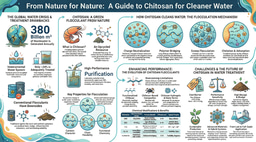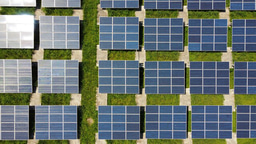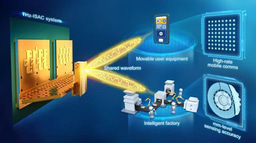Sustainable Aquaculture in China: Balancing Growth, Pollution, and Climate Goals
Published in Ecology & Evolution and Agricultural & Food Science
China, the world’s largest aquaculture producer, faces a critical challenge: how to meet the rising demand for seafood while reducing environmental impacts. Our recent study reveals that strategic adjustments to aquaculture practices could help the nation navigate this "trilemma" of boosting production, curbing pollution, and cutting carbon emissions.
Aquaculture provides over half of the global seafood supply, with China contributing nearly 58% of total production. However, rapid intensification—driven by pellet feeds, aerators, and high-density systems—has come at a cost. While yields have soared, so have energy use, nutrient discharges (like nitrogen and phosphorus), and greenhouse gas emissions.
The study highlights a trade-off: under current practices, achieving one goal often undermines the others. For example, recirculating aquaculture systems (RAS) reduce water use and pollution but require significant energy, raising emissions. Conversely, low-energy systems like pond farming often pollute more.
We propose a phased strategy to reconcile these competing priorities: (1) ecological transformation (Pre-2050) and adjustment of growth rates of key aquaculture systems to align with sustainability metrics. (2) Green Aquaculture (Post-Carbon Neutrality): transition to renewable energy and prioritize nutrient reduction once emissions are under control. By adjusting the annual growth rates of six out of nine major aquaculture systems, China could achieve notable improvements by 2050: 6.9% reduction in nitrogen discharge, 8.9% drop in freshwater use, 7.1% less land use, peaking CO2 emissions by 2030, followed by a decline as renewable energy adoption accelerates.
We also identify targeted interventions for various aquaculture methods by promoting sustainable systems, such as non-fed nearshore aquaculture and offshore aquaculture, limiting polluting systems like fed nearshore aquaculture (FEN) and fed pond aquaculture (FAP), and transforming land-based systems like recirculating aquaculture (RAS).
China’s aquaculture sector is a microcosm of global challenges. The study underscores that sustainability isn’t about halting growth but redirecting it. By 2050, even a 0.2% increase in total production (under adjusted systems) could save resources and slash emissions—proving that smarter growth is possible.
Looking ahead, the post-carbon neutrality era will demand further innovation: algae-based feeds, methane capture from ponds, and AI-driven resource optimization. As the world grapples with food security and climate change, China’s experiments in balancing these goals could offer lessons for nations worldwide.
In a warming, crowded world, aquaculture isn’t just about feeding people—it’s about doing so without drowning the planet in waste. This study charts a path forward, showing that even the most complex trilemma can be solved with the right mix of policy, technology, and ecological wisdom.
Dong, SL., Cao, L., Liu, WJ. et al. System-specific aquaculture annual growth rates can mitigate the trilemma of production, pollution and carbon dioxide emissions in China. Nat Food (2025). https://doi.org/10.1038/s43016-025-01122-1
Follow the Topic
-
Nature Food

This journal aims to provide researchers and policy-makers with a breadth of evidence and expert narratives on optimising and securing food systems for the future.




Please sign in or register for FREE
If you are a registered user on Research Communities by Springer Nature, please sign in